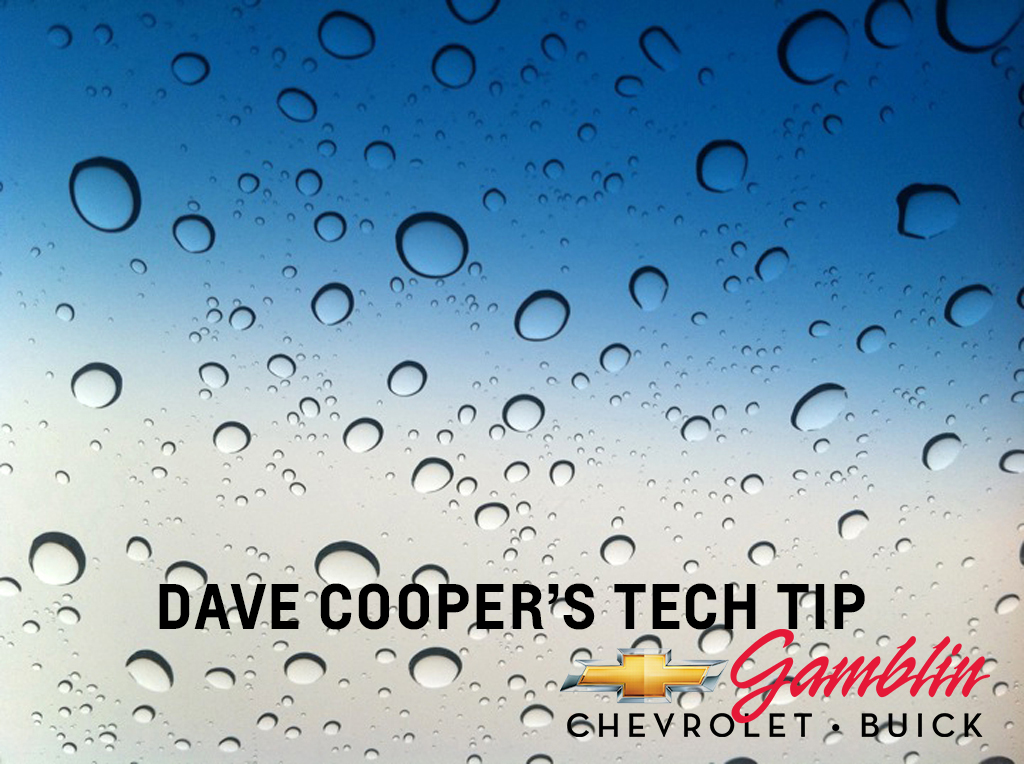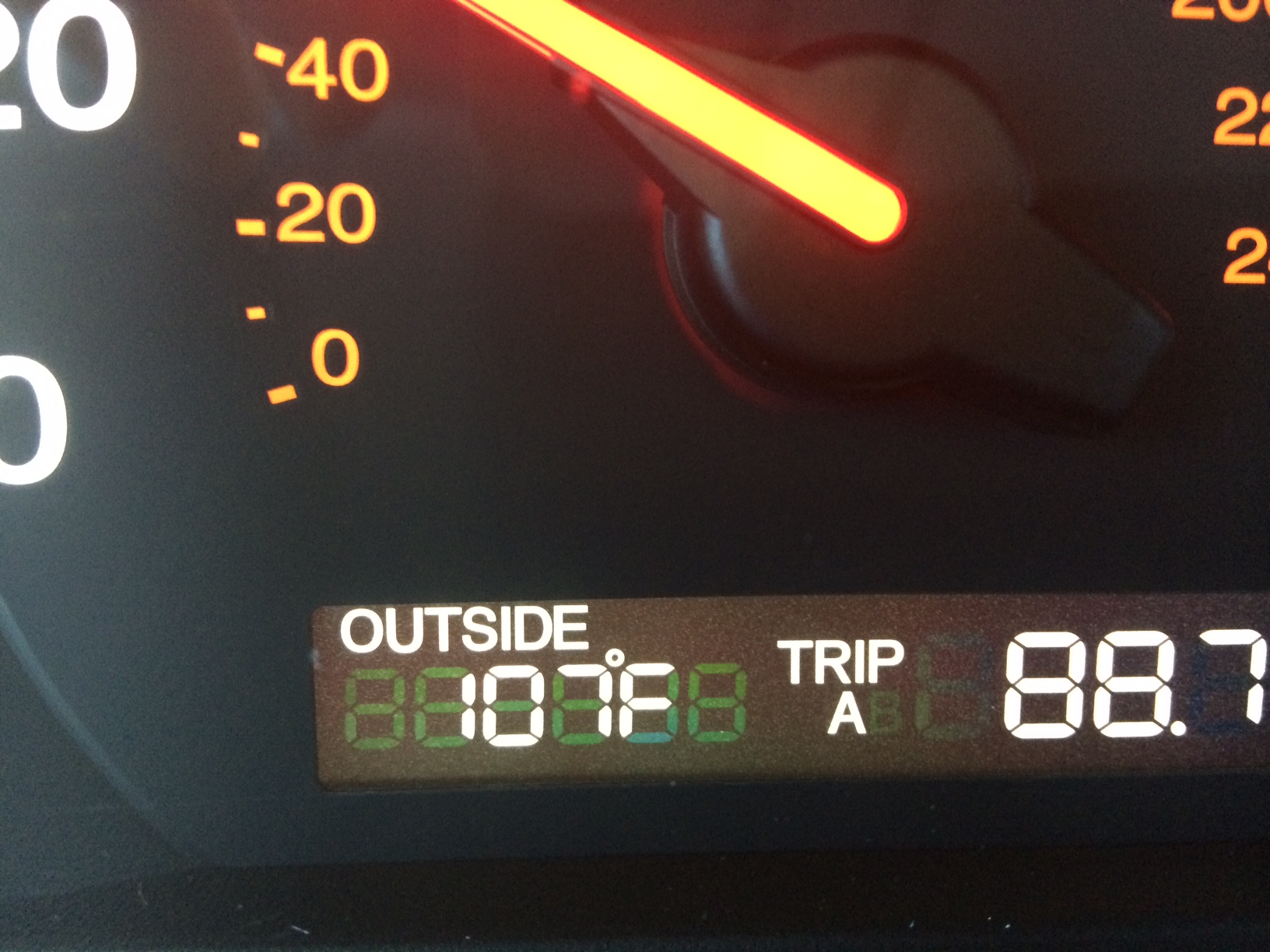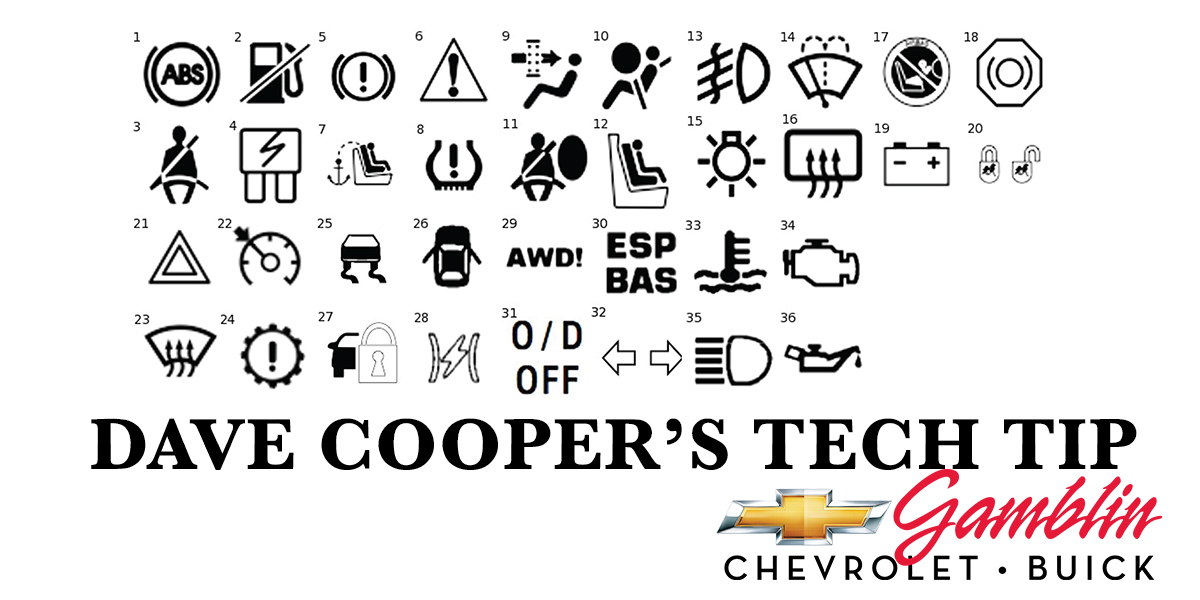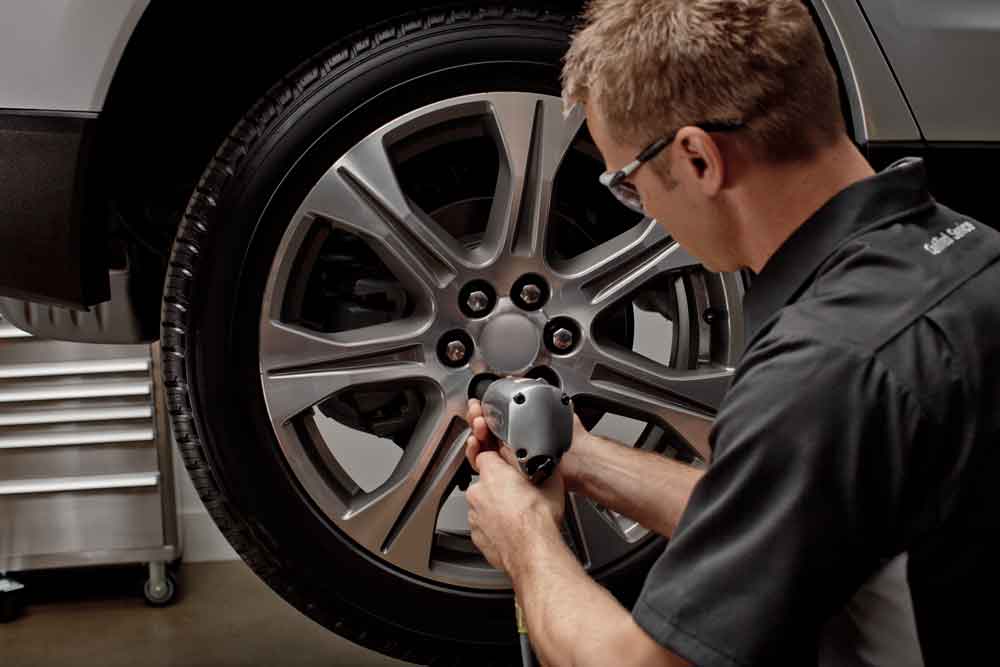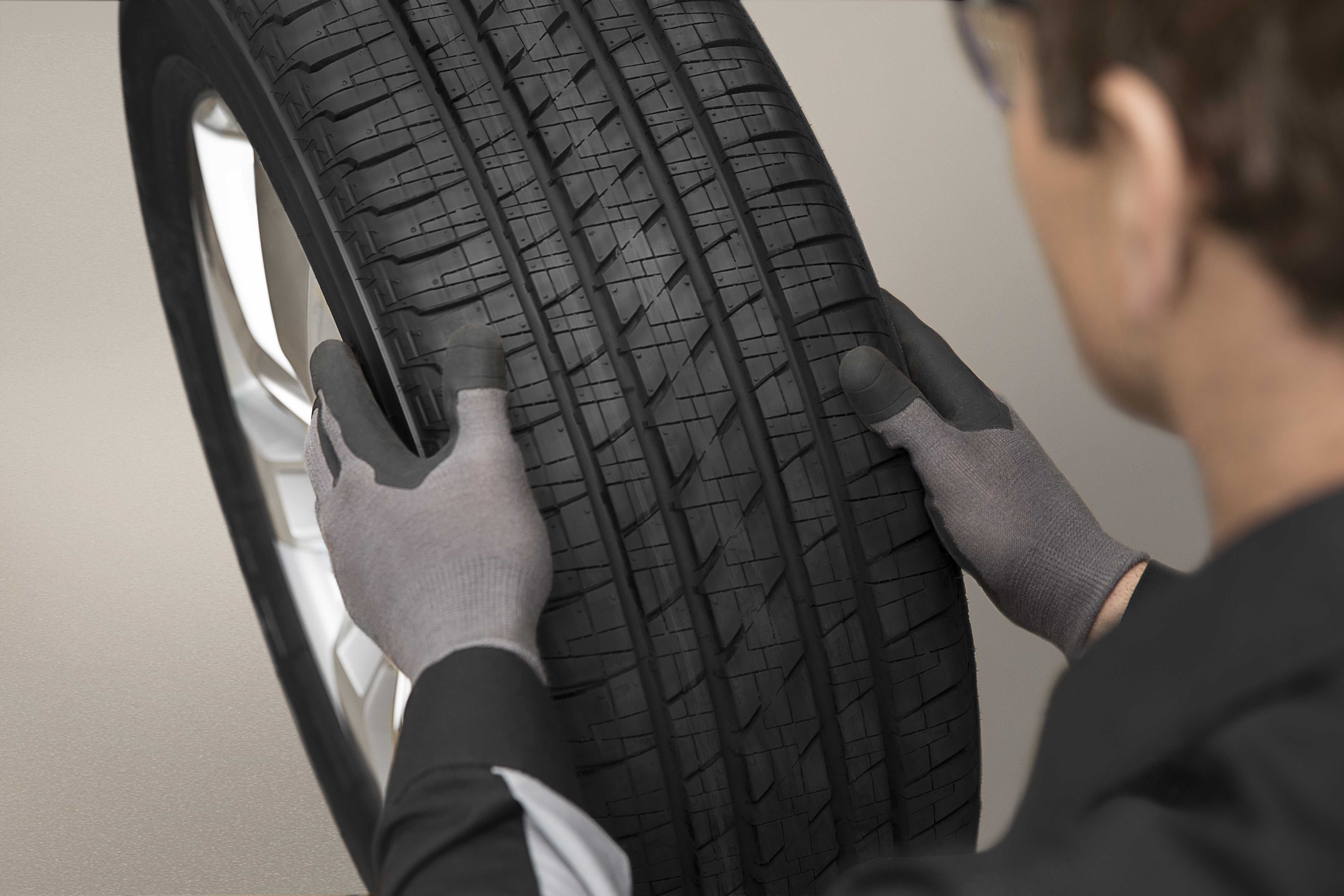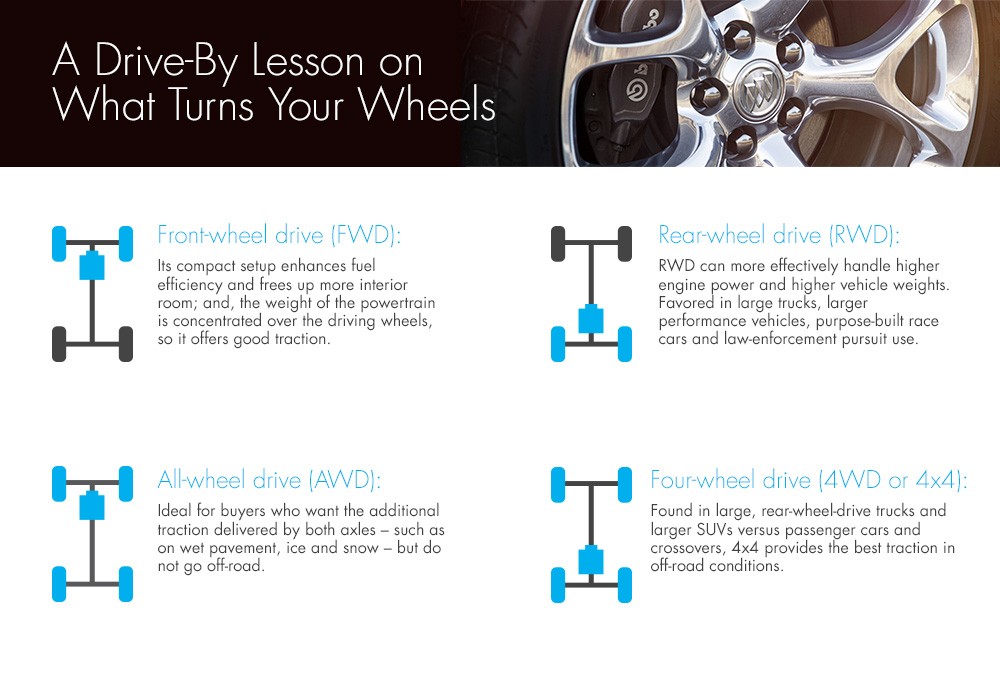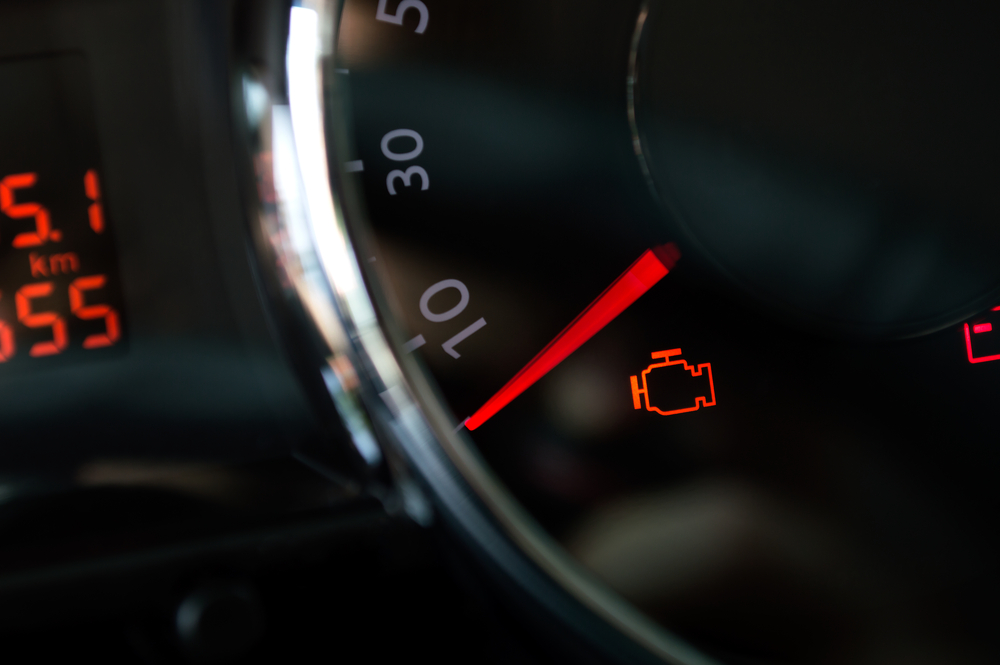 It is the dreaded illuminated message no driver wants to see: check engine. This light is alerting you to a problem detected in your vehicle’s on board diagnostic system (OBD). This system creates and stores a code pinpointing the problem occurring with your vehicle. To retrieve this code and diagnose the problem, you will need to have your vehicle scanned by a certified repair technician.
It is the dreaded illuminated message no driver wants to see: check engine. This light is alerting you to a problem detected in your vehicle’s on board diagnostic system (OBD). This system creates and stores a code pinpointing the problem occurring with your vehicle. To retrieve this code and diagnose the problem, you will need to have your vehicle scanned by a certified repair technician.
A service engine soon light can illuminate for a variety or reasons. Common causes are a loose or faulty gas cap, problems with the anti-lock brake system, a faulty catalytic converter, spark plug or wiring replacement, emission components, or computer related problems — such as faulty sensors. To help identify the problem, note the conditions when the light first illuminated. Were you starting your car, accelerating, braking, or shifting? Have you noticed any other uncharacteristic behavior with your vehicle or fuel economy? Answering these questions will help your technician identify the problem and get you back on the road in no time.
We recommend you have your vehicle checked anytime the check engine light illuminates; even minor problems can develop into major problems. A flashing service engine light requires immediate attention. To avoid damaging your vehicle, reduce power and call the Gamblin team. Gamblin Motors is the Plateau’s premier service provider, and our team of professionals is here to bring quality service to our hometown community. Contact our service center online or by phone today to speak with our repair professionals.


